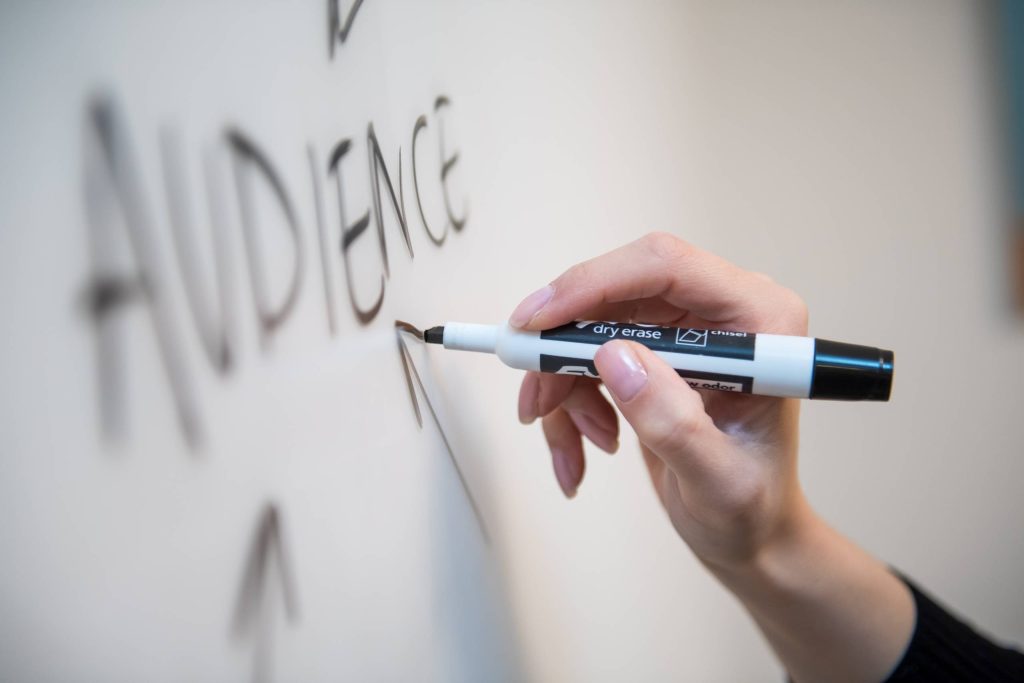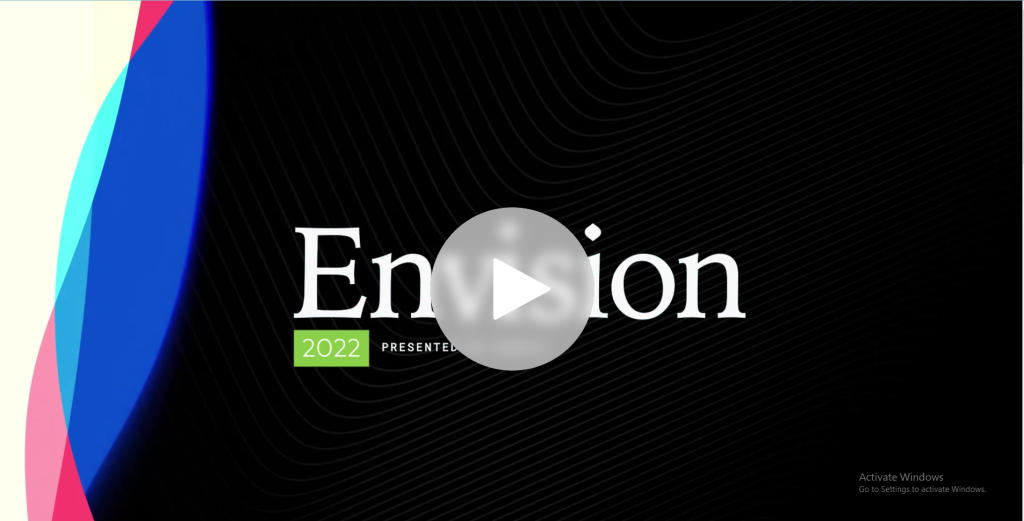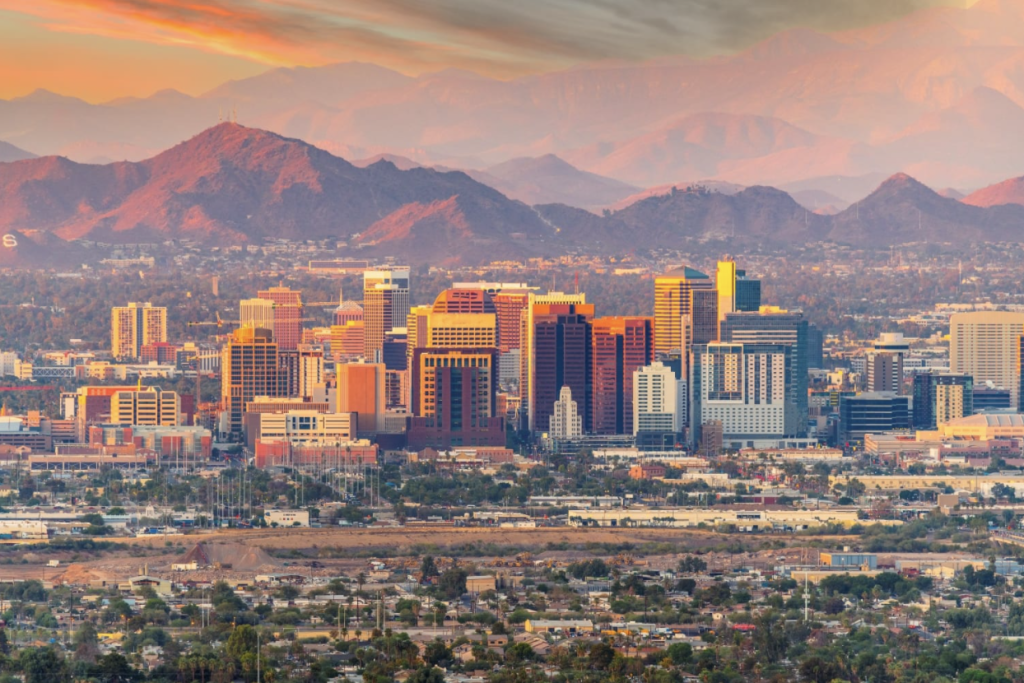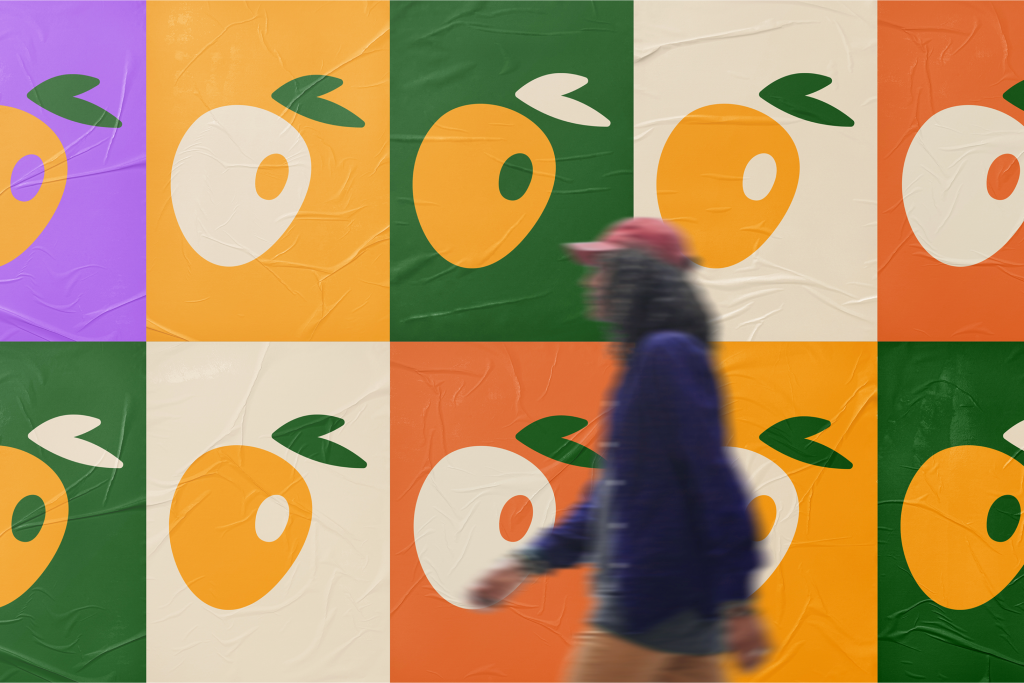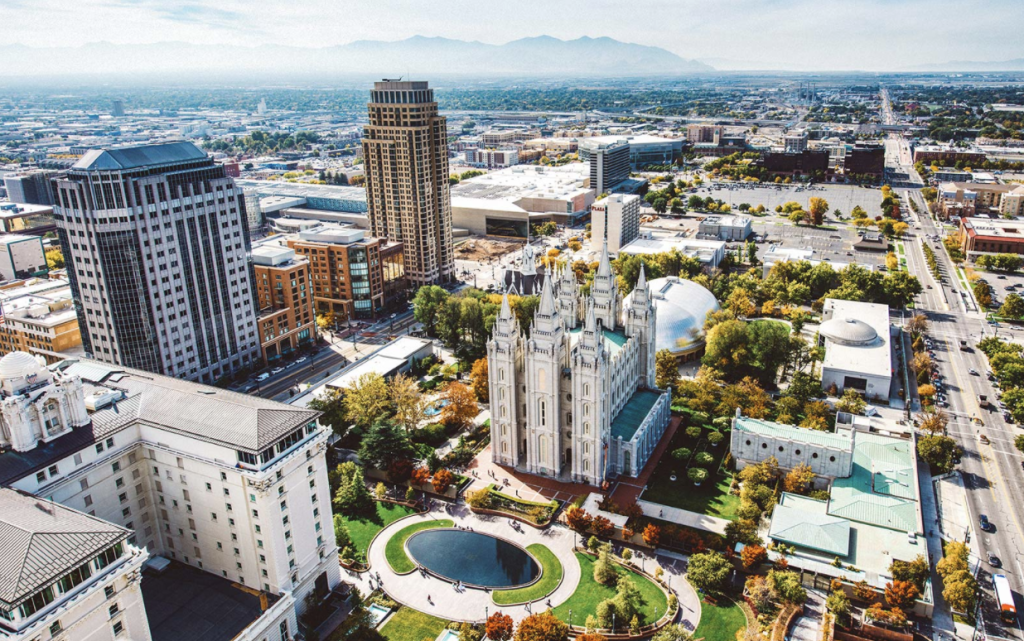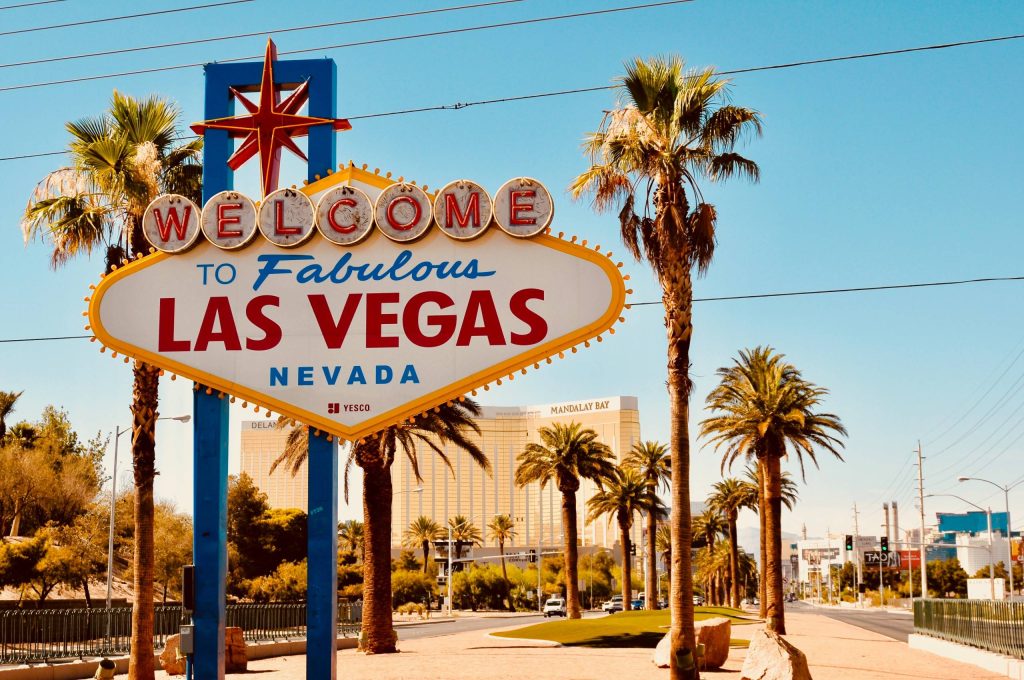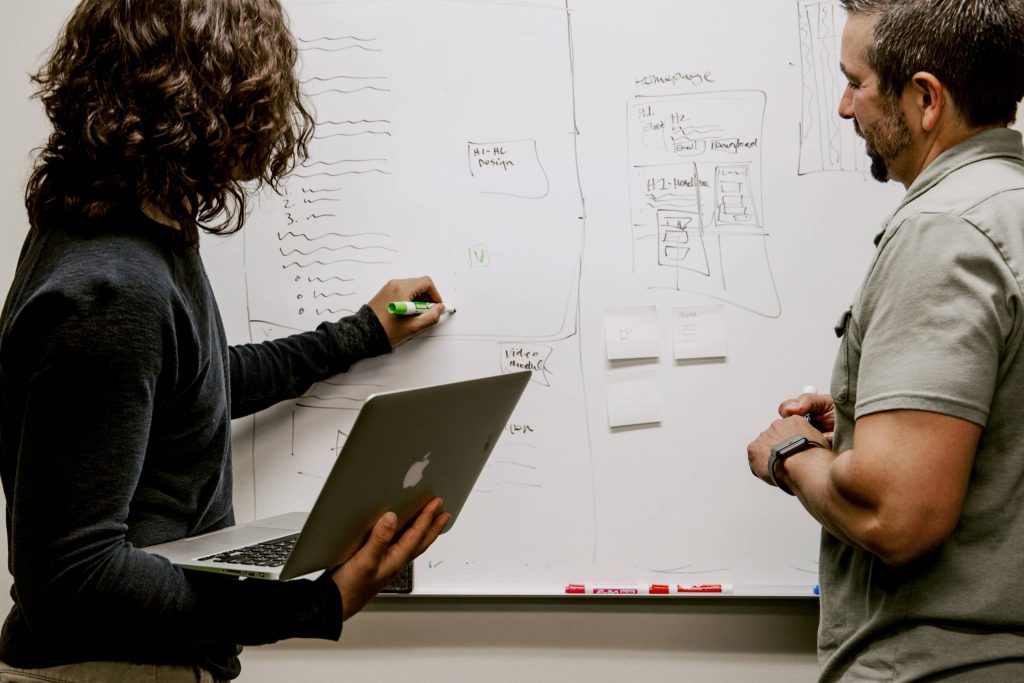The Top 5 Essential Elements of Successful DTC Marketing
Many of today’s hottest brands began by marketing directly to customers instead of seeking retail intermediaries. Fast-growing brands like Misfits Market, Smile Direct Club, and Allbirds have benefited from DTC marketing advantages, including lower overhead, strong customer relationships, and a growing base of consumers who enjoy the convenience of online shopping. The increasing importance of …
The Top 5 Essential Elements of Successful DTC Marketing Read More »

